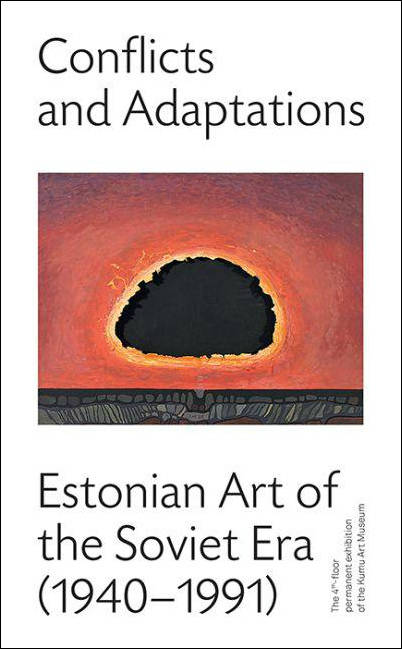The catalogue of permanent exhibition of the Kumu Art Museum, on 4th floor, A-wing. This exhibition represents one possible approach to the Estonian art of the second half of the 20th century, when it was characterised mainly by conflicts with and adaptations to the new political order established after World War II. The way Soviet authorities understood the role of art and artists in society was radically different from the attitudes which shaped art in the pre-war Estonian Republic. At the end of the 1940s and at the beginning of the 1950s, the strict canon of Stalinist socialist realism prevailed in the Soviet Union, according to which artists had to mediate ideological messages from the Communist Party in a realist manner. In the second half of the 1950s, Soviet society gradually became more liberal, and the Party’s demands on art became less stringent, but official prescripts to Soviet culture persisted until the 1980s.
- / Автор
- / Автор
- / Автор
